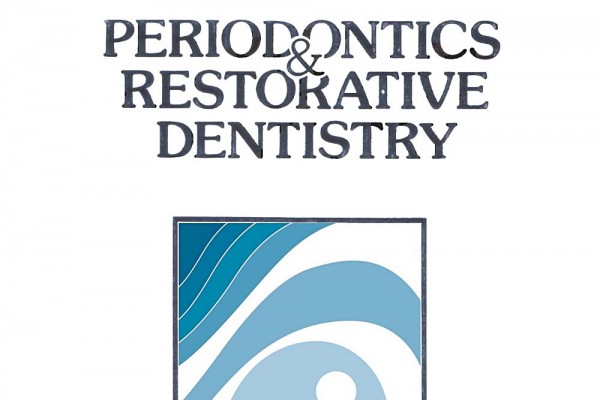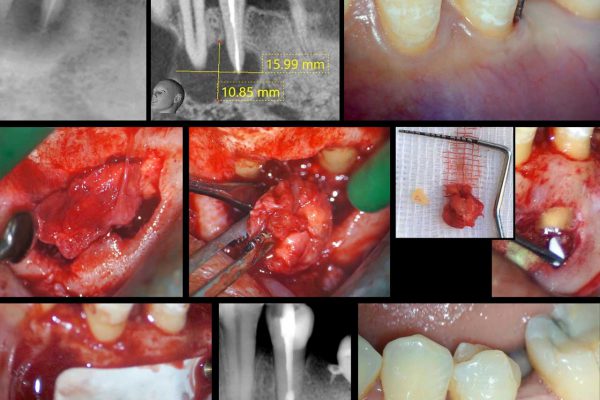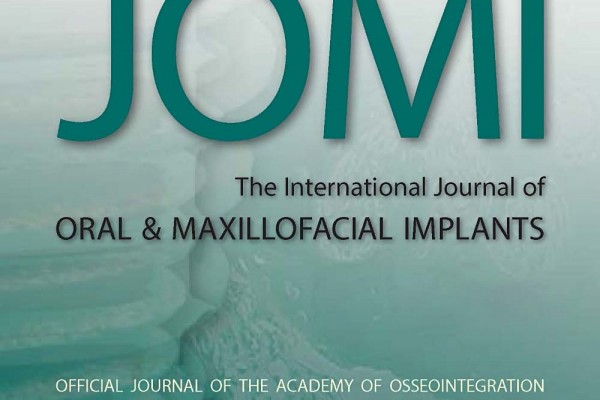Use of autogenous bone versus deproteinised bovine bone matrix in one-stage lateral sinus floor elevation in severely atrophied maxillae: A 7-year randomised controlled trial
Mauro Merli, Marco Moscatelli, Giorgia Mariotti, Umberto Pagliaro, Marco Merli, Michele Nieri
ABSTRACT
Purpose: To compare 100% deproteinised bovine bone matrix grafts (DBBM, test group) and 100% autogenous bone grafts (AB, control group) for lateral maxillary sinus floor elevation in a blinded, parallel-group, randomised clinical trial.
Materials and methods: Patients with 1 to 3 mm of residual bone height were randomised for sinus floor elevation with DBBM or AB grafts and simultaneous implant placement. The outcome variables were implant failure, complications, subjective satisfaction and radiographic peri-implant bone level 7 years after loading.
Results: A total of 20 patients (27 implants) were randomised to the test group and 20 (32 implants) to the control group. Ten patients from the test group and seven from the control group dropped out. Two implant failures occurred in the test group, whereas none were observed in the control group (P = 0.178). One complication occurred in the test group and two were recorded in the control group (P = 1.000). The radiographic peri-implant crestal bone level was 2.5 ± 1.3 mm in the test group and 0.9 ± 0.9 mm in the control group. The difference was 1.6 mm, favouring the control group (95% confidence interval 0.7–2.6; P = 0.002). The difference in vertical bone height was −0.4 mm, favouring the control group (95% confidence interval −1.9–1.1; P = 0.590). The difference in satisfaction measured using a visual analogue scale 7 years after loading was 0.0 mm (95% confidence interval −1.0–0.0; P = 0.639).
Conclusions: Differences between treatments were found for crestal bone level, favouring the control group. No differences were observed for the other variables evaluated.
Int J Oral Implantol 2021;14(1):101–112.




